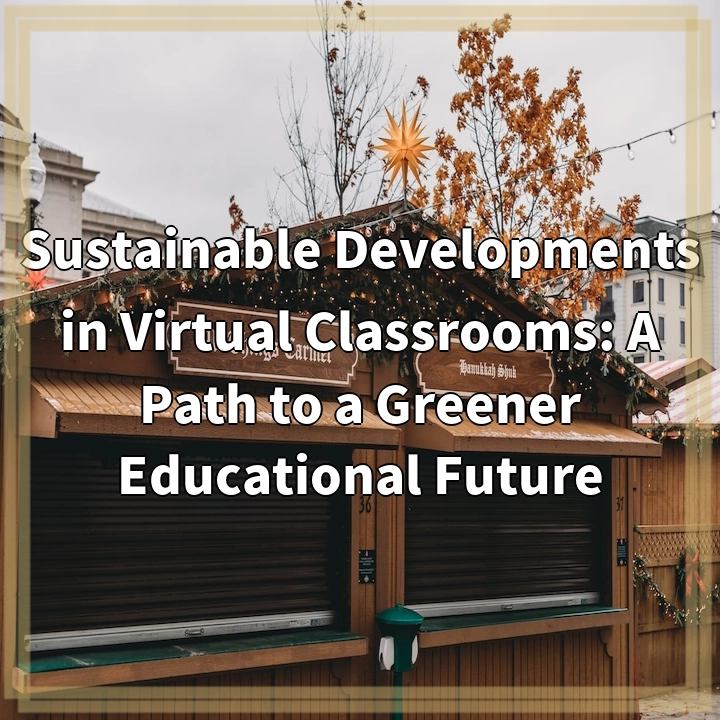
What it is:
Sustainable developments in virtual classrooms refer to the implementation of environmentally friendly practices and technologies in online educational platforms. As technology continues to advance, virtual classrooms have become an increasingly popular alternative to traditional in-person learning. This shift towards virtual education offers an opportunity to reduce the ecological impact of the educational sector.
Real-World Problems:
While virtual classrooms have the potential to contribute to a greener educational future, there are several real-world problems that need to be addressed:
1. Energy Consumption:
Sustaining the energy requirements of virtual classrooms can be a challenge. Increased usage of electronic devices, servers, and internet connectivity can lead to higher energy consumption and carbon emissions.
2. E-Waste Generation:
The rapid advancement of technology also leads to a higher turnover rate of electronic devices, resulting in significant e-waste generation. Proper disposal and recycling of old devices become critical to avoid polluting the environment.
3. Sustainability of Infrastructure:
Virtual classrooms heavily rely on internet infrastructure and data centers, which require a substantial amount of resources for construction and operation. Ensuring the sustainability and efficiency of these infrastructures is essential for minimizing their environmental impact.
4. Access and Equity:
Virtual classrooms may face challenges in ensuring equal access and equity in education, particularly in regions with limited internet connectivity or where students do not have access to personal devices. Bridging the digital divide is crucial to ensure that sustainable developments in virtual classrooms benefit all students.

Solutions for Sustainable Developments in Virtual Classrooms:
Addressing the real-world problems associated with sustainable developments in virtual classrooms requires proactive measures and innovative solutions:
1. Energy Efficiency:
Implement energy-efficient practices and technologies to minimize energy consumption, such as using energy-saving devices, optimizing server efficiency, and promoting awareness among users regarding energy conservation.
2. E-Waste Management:
Encourage responsible e-waste management by partnering with certified recycling companies, promoting device repair and refurbishment, and educating students and educators about the proper disposal of electronic devices.
3. Sustainable Infrastructure:
Focus on designing and constructing sustainable data centers and internet infrastructure, utilizing renewable energy sources, optimizing cooling systems, and adopting energy-efficient hardware to minimize the environmental impact.
4. Bridging the Digital Divide:
Take steps to ensure equitable access to virtual classrooms by investing in internet infrastructure in underserved areas, providing devices and internet access to students in need, and offering alternative learning options for students facing connectivity challenges.















